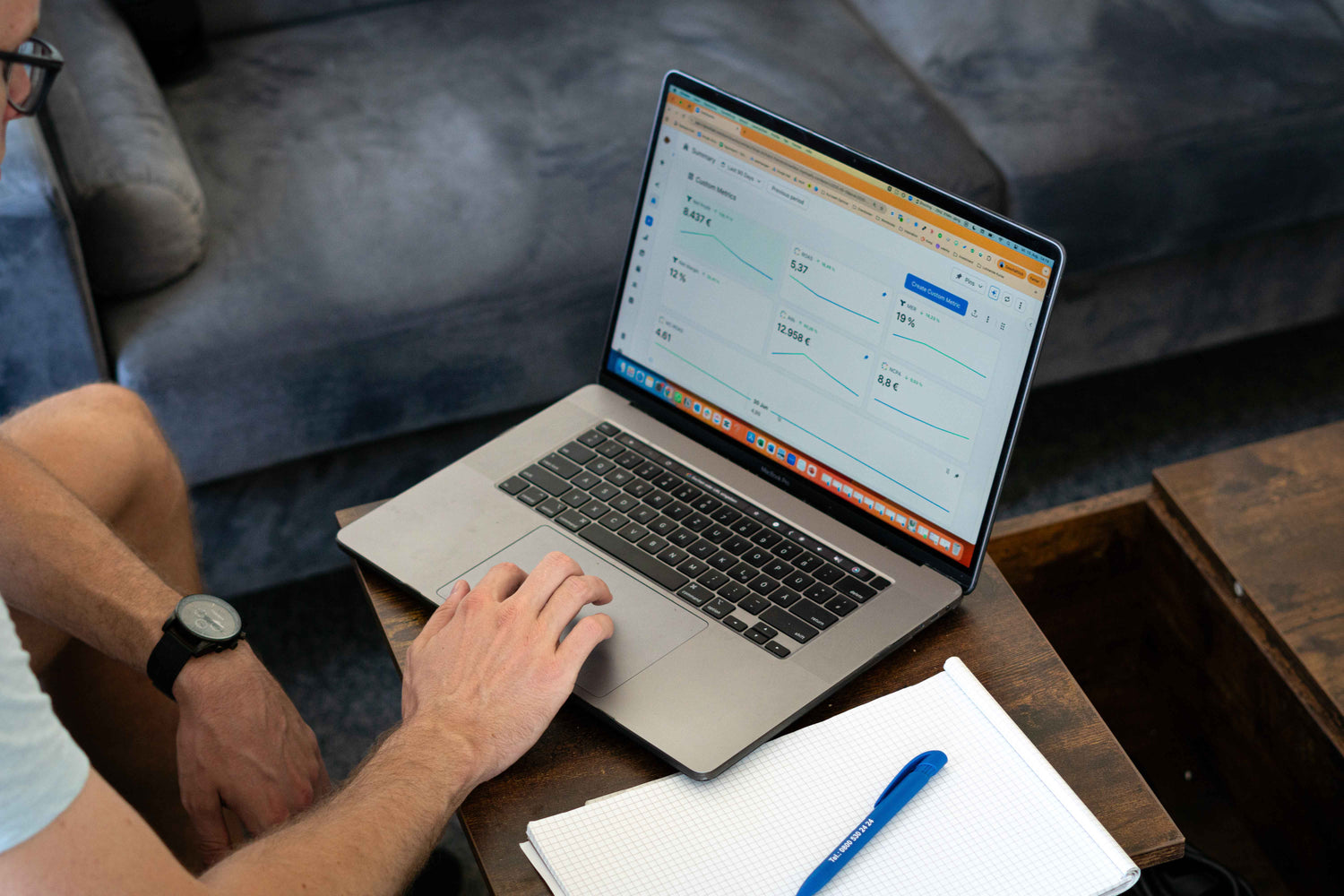How much does it cost to run Facebook ads?
Facebook advertising has become one of the most popular ways to promote products and services , reach a broad audience, and increase user engagement. But how much does it actually cost to advertise on this platform? This article explores the various cost aspects of Facebook advertising and offers ways to optimize costs.
Understanding Facebook advertising costs
Before we delve into costs, it's important to understand the basics. Facebook advertising costs are influenced by several factors, including bidding strategies, audience selection, and ad placement. The quality and relevance of the ads also play an important role.
To get a better understanding of Facebook advertising costs, let's take a look at the different aspects that can influence them.
The role of bidding strategies
Facebook offers various bidding strategies to achieve optimal ad performance . For example, you can bid on clicks, impressions, or conversions. Depending on the chosen strategy and the competition, the costs can vary accordingly.
It's important to choose the right bidding strategy for your advertising campaign. For example, a strategy that targets clicks may result in more clicks on your ads. However, this can also result in higher costs if competition for clicks is high.
Influence of target groups and placements
The selection of the target audience and its relevance to the advertised product or service also influences the costs. The more specific the target audience is defined, the higher the costs can be. The placement of the ads on Facebook also plays a role, as certain placements can be more cost-intensive than others.
It's important to carefully analyze and define your target audience to optimize your Facebook advertising costs. Accurate targeting can ensure your ads are shown only to those people most likely to be interested in your offering.
Importance of advertising quality and relevance
Facebook places great importance on the quality and relevance of its advertising. High-quality and relevant ads can lead to lower costs, as Facebook presents them preferentially. This includes aspects such as attractive design, relevant copy, and CTA (call-to-action) elements.
It's important to carefully design your ads and ensure they're relevant to your target audience. A well-designed ad with clear calls to action can make users more likely to click on your ad, thus reducing your costs.
To optimize your Facebook advertising costs, you should regularly analyze your campaigns and make adjustments as needed. Test different bidding strategies, audiences, and ad placements to find the combination that works best for your goals.
Calculating the cost of Facebook advertising
Now that we understand the basics, let's take a look at how to actually calculate Facebook advertising costs.
There are several factors to consider when calculating Facebook advertising costs. One of these is choosing between cost per click (CPC) and cost per thousand impressions (CPM).
Cost per click (CPC) and cost per thousand impressions (CPM)
Facebook advertising costs can be calculated either on a click-per-click basis (CPC) or on a per-thousand-impression basis (CPM). With CPC, you pay for each click on your ad, while with CPM, you pay per thousand impressions.
The choice between CPC and CPM depends on various factors, such as the goal of the advertising campaign, the target audience, and the available budget. Both options have their advantages and disadvantages, and it's important to choose the right strategy for your specific advertising campaign.
If you choose CPC, you only pay for actual clicks on your ad. This can be beneficial if you want to achieve a high conversion rate, as you only pay for users who actually engage. However, CPC can also be more expensive, as you pay for every click, regardless of whether the user ultimately performs the desired action.
On the other hand, CPM allows for greater reach, as you pay per thousand impressions. This can be useful if you want to increase awareness of a brand or product. However, there is a risk that the ads will not be noticed by users and therefore won't trigger the desired action.
Daily and lifetime budget
When running Facebook ads, you can set either a daily budget or a lifetime budget for the entire campaign period. The daily budget limits your spending per day, while the lifetime budget covers the entire campaign period.
Choosing between a daily and lifetime budget depends on several factors, such as the planned duration of the advertising campaign, the available budget, and the campaign's objectives. A daily budget can be useful for better controlling spending and ensuring the budget is distributed evenly over the campaign period. A lifetime budget, on the other hand, can be beneficial if you want to achieve a certain number of impressions or clicks, regardless of the campaign duration.
Managing and optimizing advertising spend
It's advisable to regularly monitor and optimize ad spend to ensure your budget is being used effectively. This can be achieved through A/B testing, adjusting bids, and analyzing metrics such as CTR (click-through rate) and conversion rate.
A/B testing involves creating and testing different versions of an ad to determine which version achieves the best results. By adjusting bids, you can influence ad visibility and ensure they're tailored to the needs of your target audience. Analyzing metrics like CTR and conversion rate allows you to measure the success of your advertising campaign and make adjustments if necessary to achieve better results.
Managing and optimizing ad spend requires continuous monitoring and adjustment. It's important to keep an eye on ad performance and make adjustments as needed to get the most out of your advertising budget.
Ways to reduce Facebook advertising costs
Now that we know how Facebook advertising works cost-wise, let's look at how to reduce advertising costs.
Optimization of target group selection
Careful targeting is crucial to reach relevant users and minimize wasted advertising. Precise targeting can help reduce costs and increase advertising efficiency.
When selecting a target audience, various factors should be considered, such as the age, gender, interests, and geographic area of potential customers. By precisely defining the target audience, advertisers can ensure that their ads are shown only to those users who are most likely to be interested in their product or service.
It's also advisable to regularly review and adjust your target audience to ensure your advertising continues to reach relevant users. By regularly monitoring and adjusting your target audience selection, companies can optimize their advertising costs and improve their marketing strategy.
Improving advertising quality
By making sure you run high-quality, relevant ads, you can reduce costs in the long run. Using compelling images, compelling copy, and clear call-to-actions can improve ad performance and reduce the cost per result.
It's important that ads match the needs and interests of your target audience. By creating tailored ads that address the specific needs and preferences of your audience, companies can improve their advertising quality and increase the likelihood that users will click on their ads and convert.
In addition to adjusting content, it's also important to regularly review and optimize ads. By analyzing ad performance, companies can identify weak points and make improvements to increase advertising effectiveness and reduce costs.
Effective use of the advertising schedule
Another approach to saving costs is to place ads at the right time. By analyzing your target audience's activity, you can determine when most users are online and schedule your ads accordingly.
It's important to run ads at times when your target audience is most active. This can help maximize ad visibility and ensure they're seen by a larger number of potential customers.
However, effective use of the advertising schedule requires continuous monitoring and adjustment. Audience activity can change over time, so it's important to regularly review and adjust ad schedules to ensure they remain effective.
Conclusion: Is Facebook advertising worth the money?
Now that we've considered the various aspects of Facebook advertising costs, the question arises as to whether it's worth the money. There are pros and cons to consider when making a decision.
Advantages and disadvantages of Facebook advertising
The advantages include broad reach, precise targeting, customer-centric targeting, user engagement, and measurable results. On the other hand, the costs can be high, especially if the advertising is not optimally planned and implemented.
Considerations on profitability
To assess the profitability of Facebook advertising, you need to consider the total costs and the results achieved. It's important to regularly monitor performance and analyze metrics to ensure that the advertising is delivering the desired ROI (return on investment).
Conclusions and recommendations
In summary, Facebook advertising costs depend on various factors and can be controlled through careful planning, selection, and optimization of campaigns. It is advisable to regularly monitor and analyze ad spend to ensure advertising profitability.
Ultimately, it's up to each business to decide whether Facebook advertising is worth the money. However, by carefully planning, monitoring, and optimizing campaigns, you can control costs and leverage the platform's potential to promote your business.






